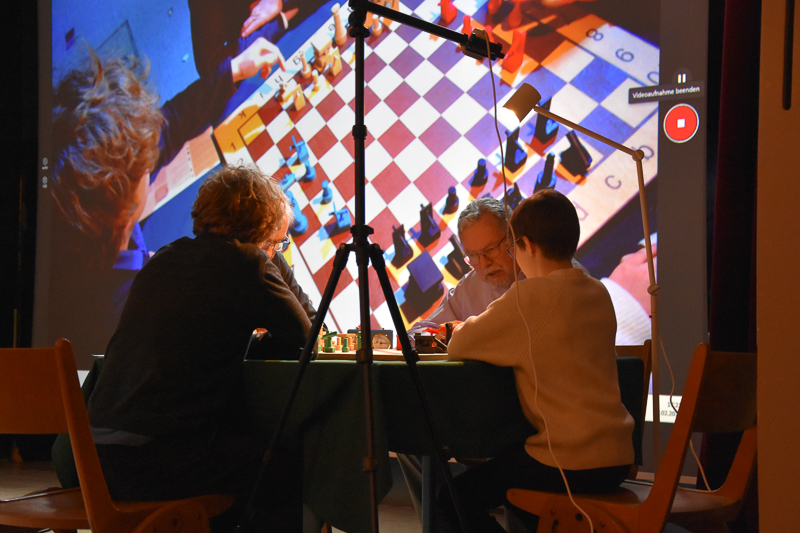On 20 February, Hamburg's Gelehrtenschule des Johanneums organised an afternoon in honour of Arnold Schönberg as part of the "Days of Exile".
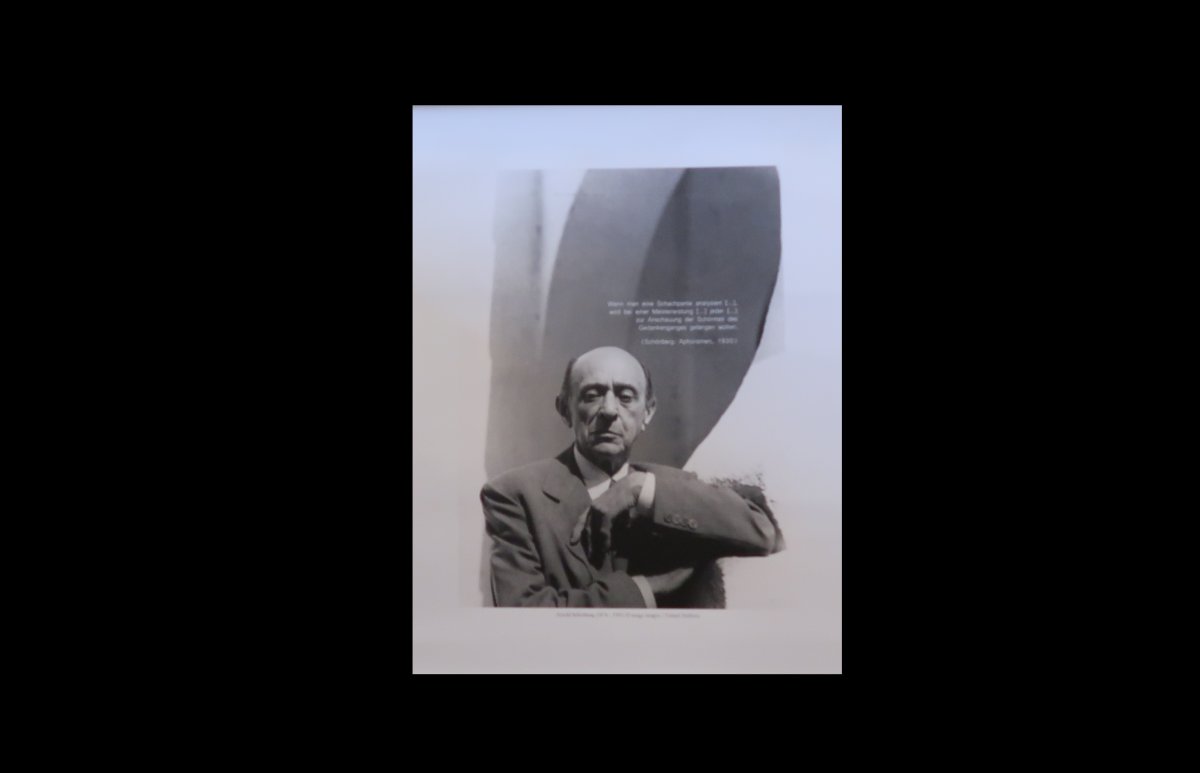
Schönberg's name is closely associated with the construction of twelve-tone music, yet this invention alone does not do justice to the work of the Viennese musician. Born in 1874 in Austria-Hungary, in Vienna, as the son of a shoemaker from Hungary, Schönberg became one of the most influential music theorists and composers of the early 20th century, alongside Claude Debussy and Igor Stravinsky.
He was self-taught in music from an early age. As a secondary school student, he was already composing marches and polkas. After his father passed away early, Schönberg had to contribute to his family's livelihood and worked as a bank clerk, but he never lost touch with music. The conductor Alexander von Zemlinsky, whose sister Schönberg later married, supported his early attempts as a composer, musician and music teacher.
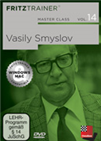 Smyslov cultivated a clear positional style and even in sharp tactical positions often relied more on his intuition than on concrete calculation of variations. Let our authors introduce you into the world of Vasily Smyslov.
Smyslov cultivated a clear positional style and even in sharp tactical positions often relied more on his intuition than on concrete calculation of variations. Let our authors introduce you into the world of Vasily Smyslov.Initially, Schönberg was influenced by his Romantic predecessors, but even before the First World War, he developed an increasingly expressive musical style with his students, including Anton von Webern and Alban Berg, in the "Second Viennese School". On 31 March 1913, a memorable performance of new pieces took place in the Musikverein Hall in Vienna, leading to a dispute between the audience and musicians. This event, known as the "Scandal Concert", went down in history as the debate over the aesthetics of the music became so heated that the audience, shocked by the expressionism and experimentalism of the music, began rioting.
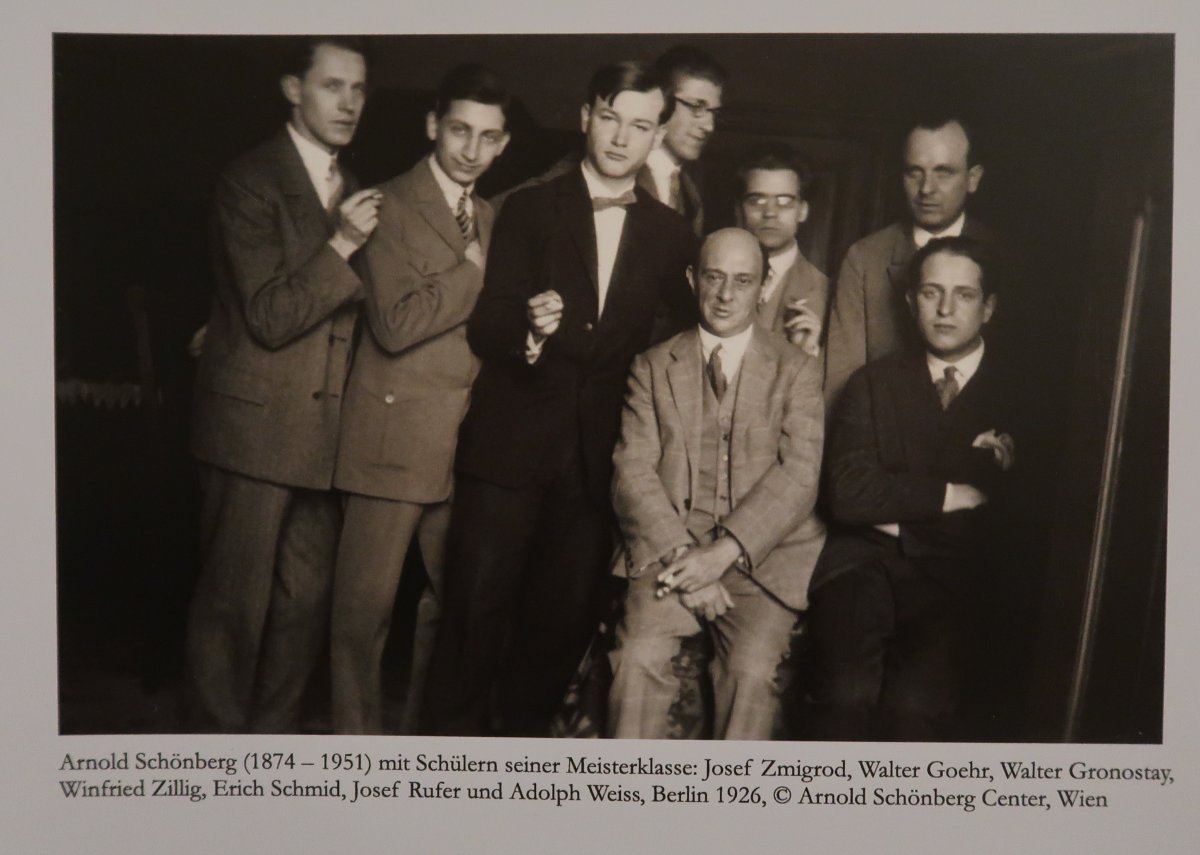
After the war, Schönberg and like-minded individuals founded the "Society for Private Musical Performances" to promote modern music, and in 1922 the "International Society for Contemporary Music" was established. Compositions by Bartók, Debussy, Ravel, Strauss and Stravinsky, among others, were performed there.
In 1921, Schönberg developed a compositional technique using only twelve interrelated tones (twelve-tone music), though he never included this musical approach in his teaching programme. After the death of his first wife, Matilde, he married Gertrud Kolisch, the sister of his student Rudolf Kolisch, bringing him closer to the Kolisch family, which included Ignaz von Kolisch, one of Austria's most significant chess players and patrons. Gertrud Kolisch was a great-niece of Ignaz von Kolisch. This may have sparked Schönberg's interest in chess, although he was only an amateur player at best.
By the mid-1920s, Schönberg was an established composer and music teacher, and in 1925 he was appointed professor at the Prussian Academy of Arts in Berlin. However, after the Nazis came to power, Schönberg, who came from a Jewish family, had to resign from his position. Schönberg had converted to Protestantism in 1898, but in exile in France, he returned to Judaism in July 1933. In August 1933, he left Europe and immigrated to the United States, settling first in Boston, then in Los Angeles, where he taught at the University of Southern California and later at the University of California, Los Angeles.
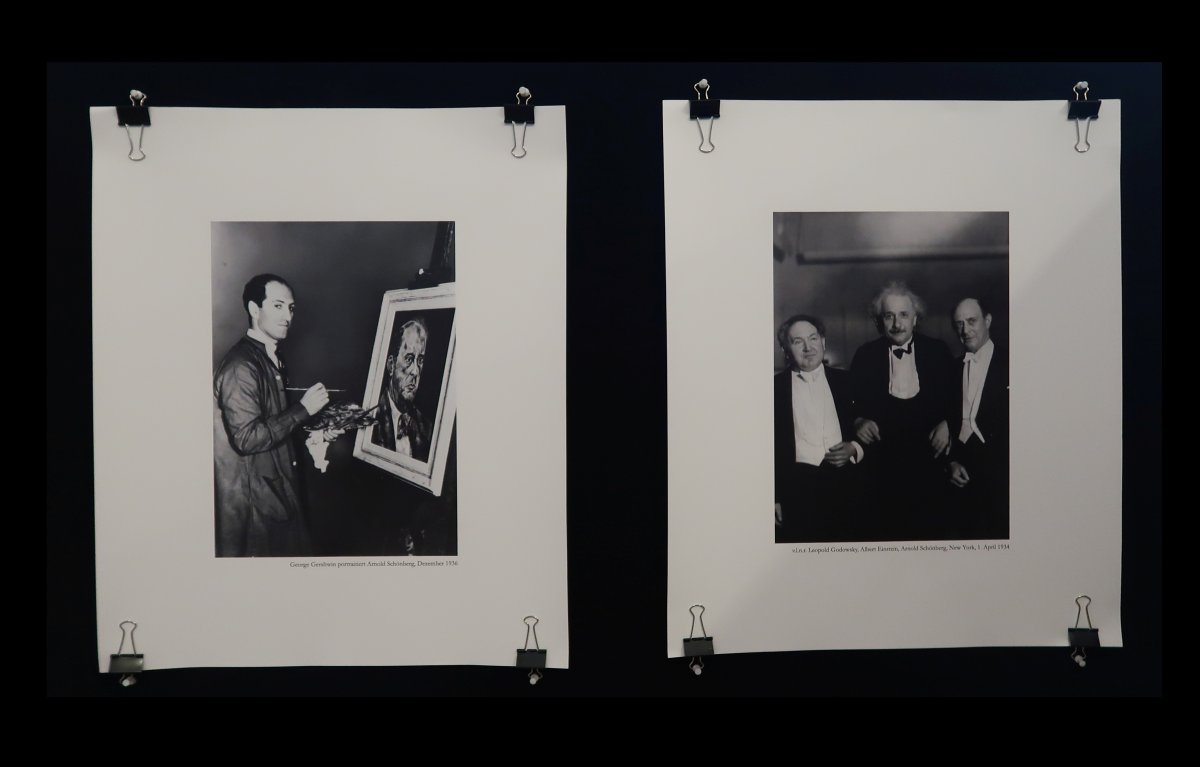
In the USA, George Gershwin and Albert Einstein were among Schönberg's friends and acquaintances
Schönberg lived with his family on North Rockingham Avenue, in a neighbourhood where Thomas Mann also lived in exile. However, he had a dispute with the writer over the character of Adrian Leverkühn, the protagonist in Thomas Mann's Doctor Faustus.
On 13 July 1951, Arnold Schönberg passed away in Los Angeles. A significant portion of his estate was transferred to the Arnold Schönberg Center in Vienna. Many manuscripts, scores and publications, which had been archived at Schönberg's publishing house, Belmont Music Publishers, in Pacific Palisades, were destroyed in the major fire of January 1925.
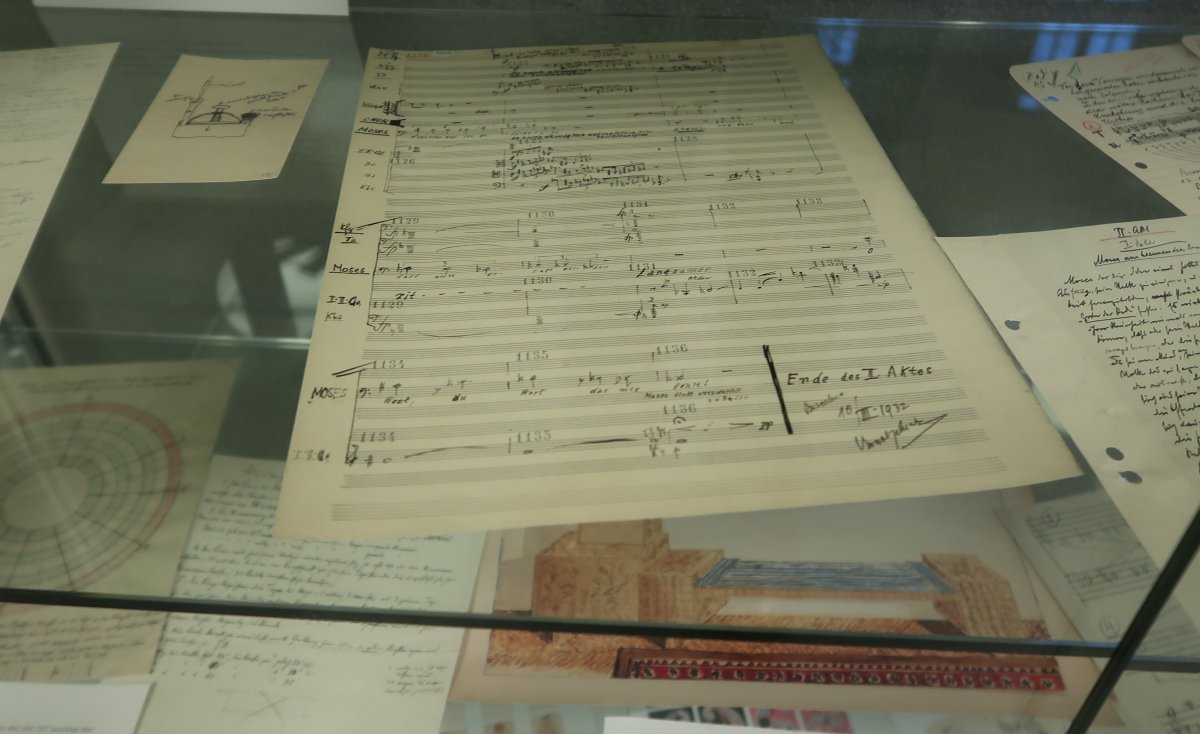
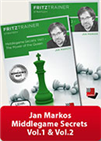 Let us learn together how to find the best spot for the queen in the early middle�game, how to navigate this piece around the board, how to time the queen attack, how to decide whether to exchange it or not, and much more!
Let us learn together how to find the best spot for the queen in the early middle�game, how to navigate this piece around the board, how to time the queen attack, how to decide whether to exchange it or not, and much more!Although Schönberg's creative focus was primarily on music, he was also active as a painter, inventor and designer. One of his inventions was Coalition Chess, which he conceived in the 1920s. In this game, two major powers and two minor powers compete against each other.
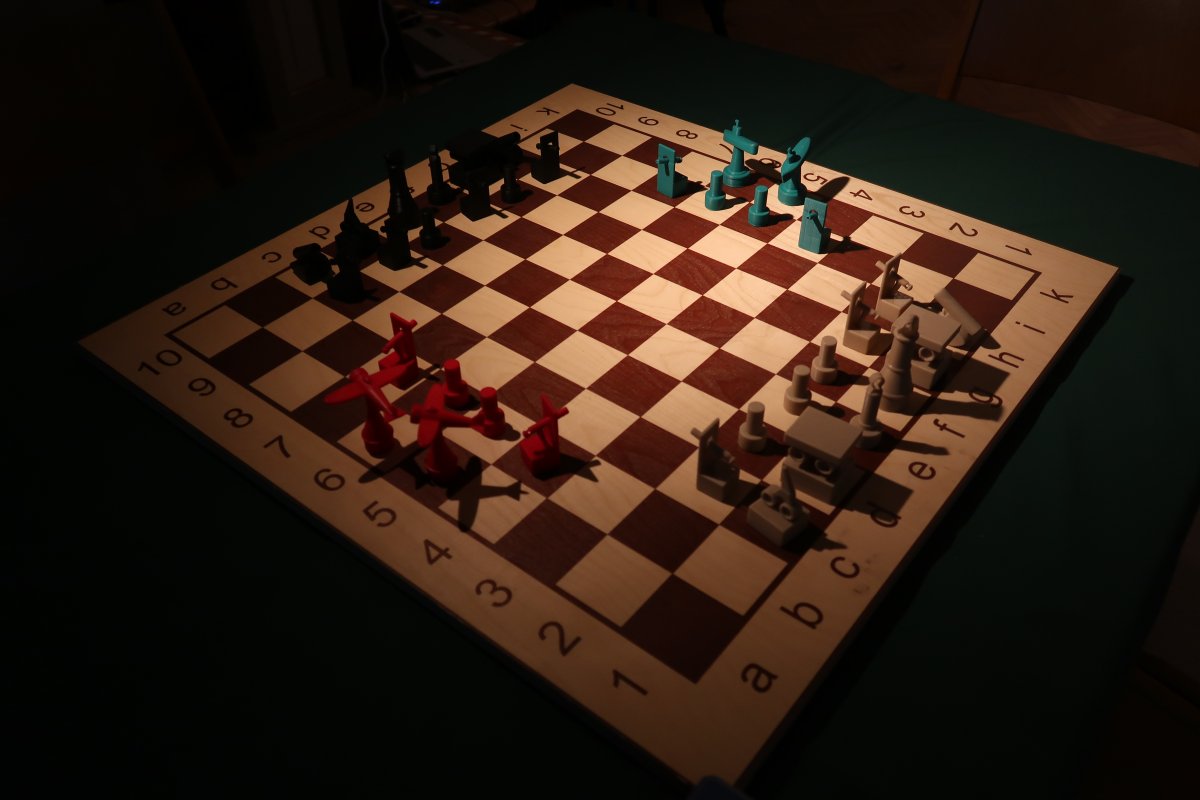
Photo: André Schulz
In addition to the usual chess pieces, which Schönberg redesigned in a modern style, there are three special pieces: machine guns, submarines and aeroplanes, each with unique movements.
In Coalition Chess, each major power plays alongside a minor power. However, alliances are not predetermined and are only established at the beginning of the game. Schönberg developed Coalition Chess under the influence of the First World War, carving the pieces himself from wood and painting them in red, blue, green and yellow. In a way, this four-player chess recalls the ancient Indian form of chess, Chaturanga, which was also played by four players.
However, when Emanuel Lasker once visited Schönberg in Berlin, Schönberg chose not to show the second World Chess Champion his game - perhaps he was not entirely convinced by his own invention.
Coalition Chess was never played competitively and fell into obscurity for a long time. At the beginning of the new millennium, some Schönberg and chess enthusiasts revisited this chess variant and attempted to play it competitively. After a few minor rule modifications, it turned out that Coalition Chess was indeed playable as Schönberg intended, though it remains largely unexplored due to the lack of recorded games.
Volker Ahmels, a Hamburg-based musician, music lecturer and chess player, has become a particularly active advocate for Schönberg's chess variant. Ahmels, a former strong chess player at Bundesliga level, has developed a special interest in the music of persecuted and banned artists. He leads the Centre for Persecuted Music at the University of Rostock.
All four players had little experience with Schönberg Chess, but the game progressed smoothly and logically. After Barembruch, leading a minor power, lost one of his submarines, Behrhorst and Andersen gradually gained the upper hand. Although Behrhorst also lost one of his aircraft, a joint offensive against the great power led by Tom Wedberg resulted in an unstoppable double threat. Wedberg and Barembruch had to concede.
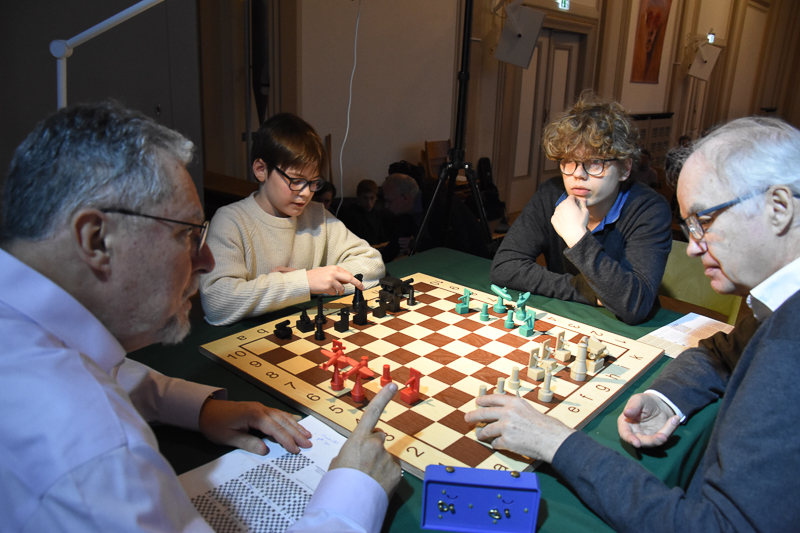
Photo: Anne Kropp
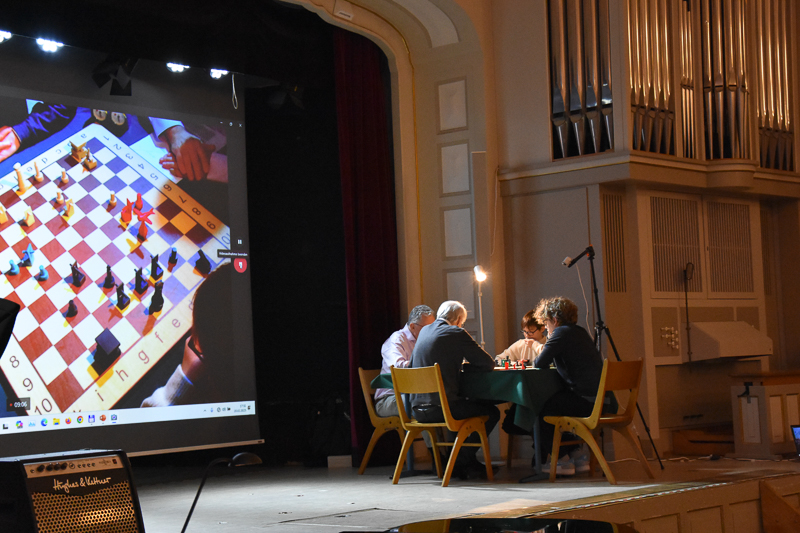
Photo: Anne Kropp
The game was projected onto the large screen above the stage via a beamer, allowing the approximately 60 spectators to follow the action on the board. Among the audience was Hauke Reddmann, representing the Hamburg Chess Federation, who recorded his impressions in a report here. Volker Ahmels and André Schulz provided live commentary on site.
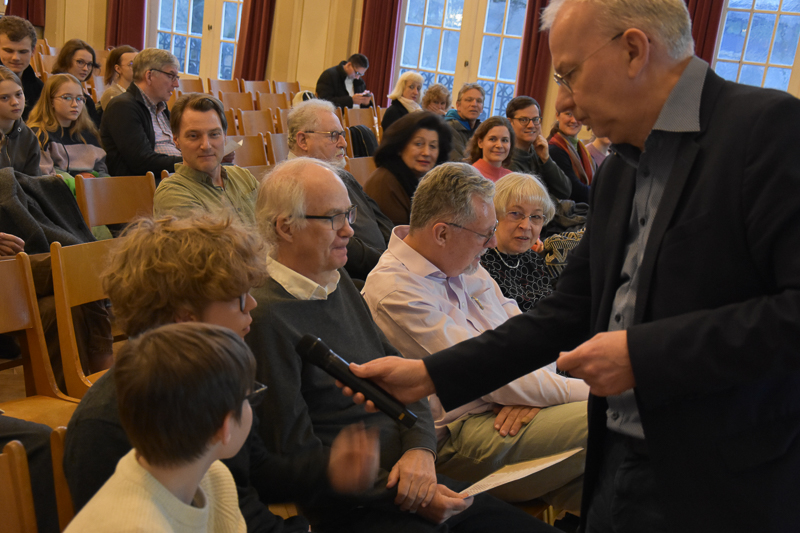
Photo: Anne Kropp
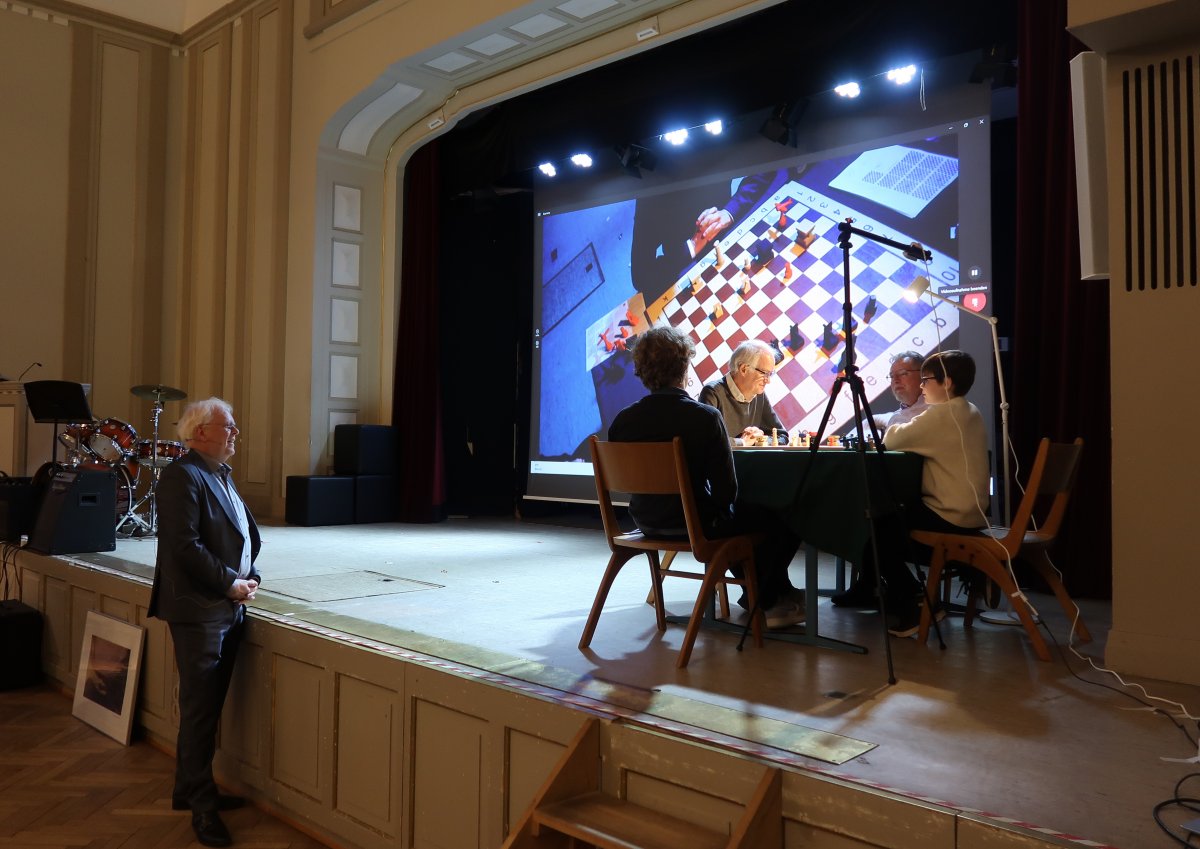
Photo: André Schulz
After the game and a break at the buffet, Friederike Haufe explained the exhibits of the exhibition. The event then transitioned into the musical segment. First, Volker Ahmels gave a lecture on the many connections between music and chess. Many musicians have had a passion for chess, and many chess players have also been musically talented. Outstanding examples of this dual talent include the opera composer Philidor, who was also the best chess player of his time in the 18th century, and Mark Taimanov, who, along with his wife Lyubov Bruk, formed a world-class piano duo and played a Candidates Match for the World Chess Championship against Bobby Fischer.
To conclude the rich and diverse cultural programme, Friederike Haufe and Volker Ahmels performed a selection of shorter pieces from different creative periods of Arnold Schönberg. Quentin Andresen, a student at Johanneum, also contributed with three Schönberg piano compositions from 1894.
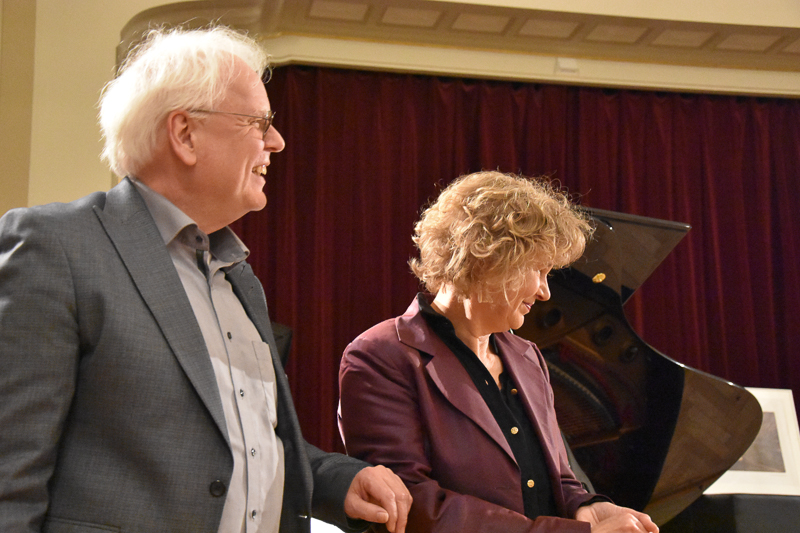
The piano duo Volker Ahmels and Friederike Haufe | Photo: Anne Kropp
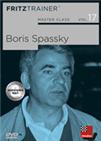 In this video course, experts including Dorian Rogozenco, Mihail Marin, Karsten Müller and Oliver Reeh, examine the games of Boris Spassky. Let them show you which openings Spassky chose to play, where his strength in middlegames were and much more.
In this video course, experts including Dorian Rogozenco, Mihail Marin, Karsten Müller and Oliver Reeh, examine the games of Boris Spassky. Let them show you which openings Spassky chose to play, where his strength in middlegames were and much more.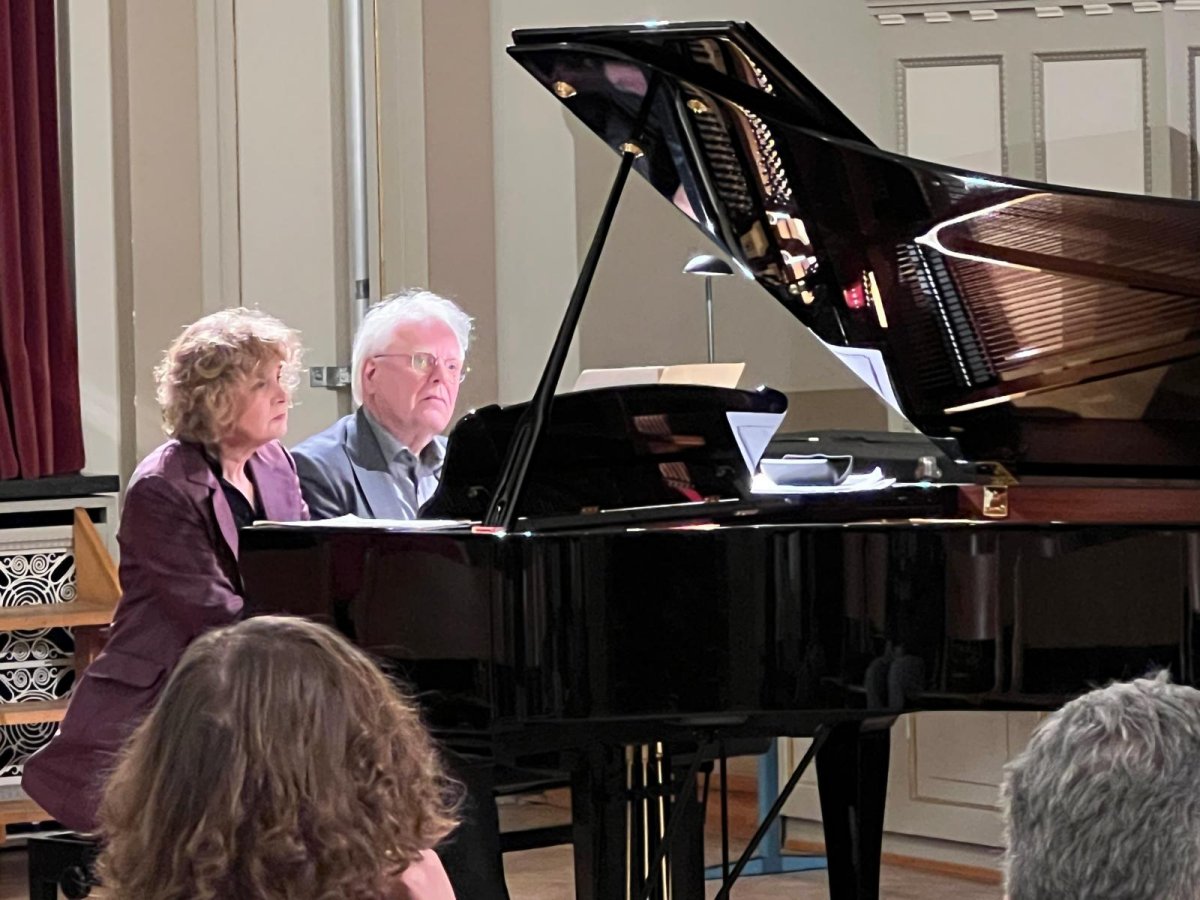
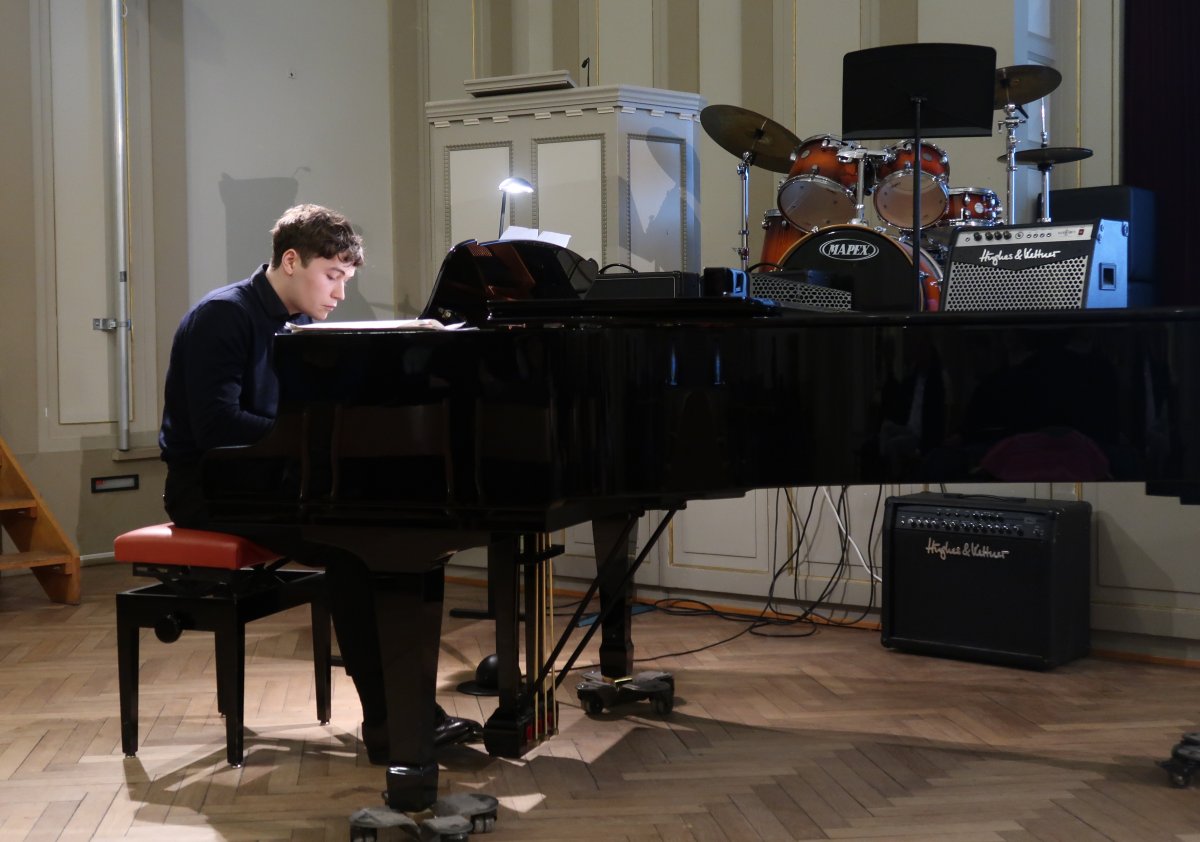
Quentin Andresen | Photo: André Schulz
Headmistress Inken Hose thanked all those involved and also acknowledged Hendrik Schüler, who has led the SKJE chess group for many years, contributed to the organisation, and arranged, among other things, a lesson with Grandmaster Tom Wedberg – in "normal" chess.
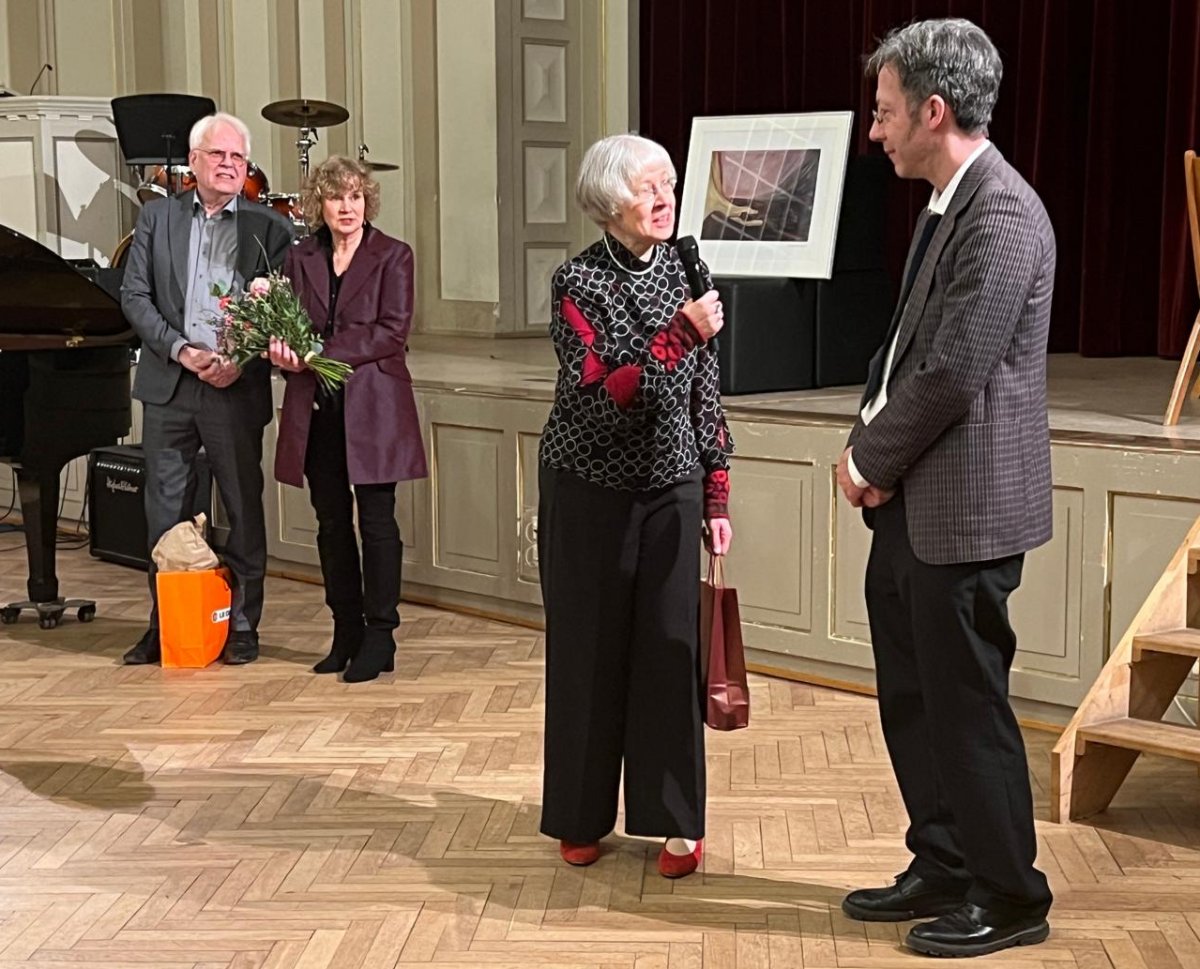
Photo: André Schulz
Links
